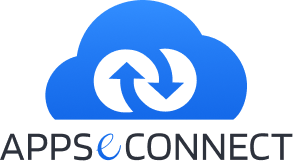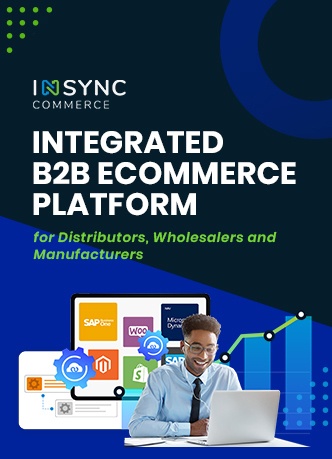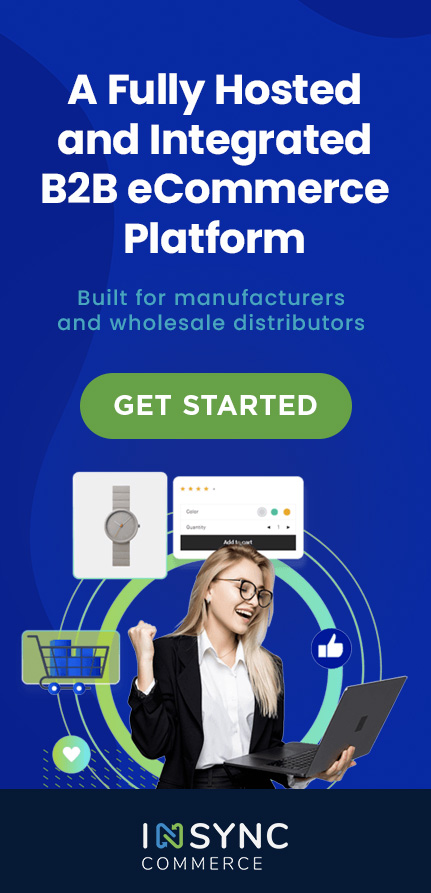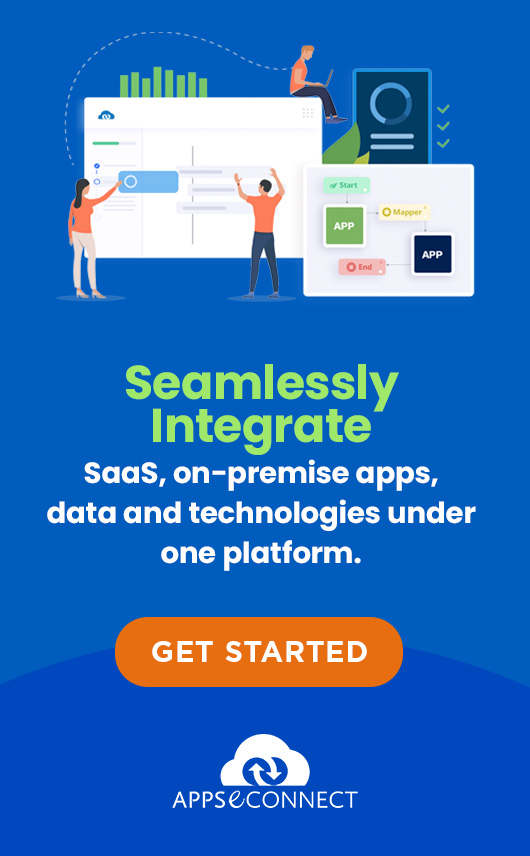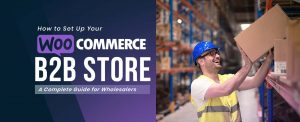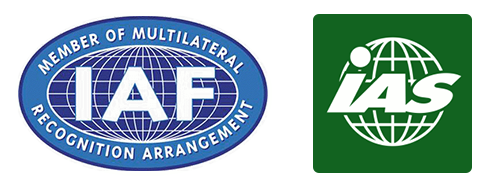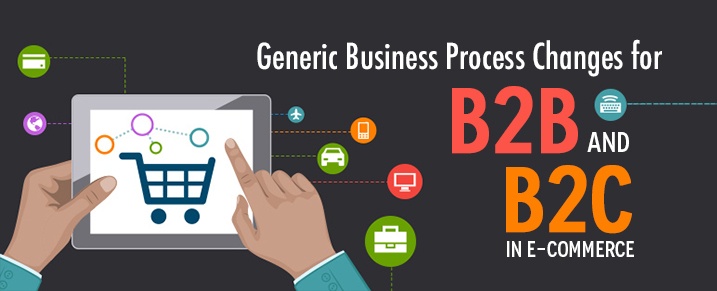
B2B and B2C as we know are two different type of eCommerce Business, though an organization may deal in the same product line for B2B as well as B2C, but the Target Market, Sales Volume, Ordered Quantity, Payment Type and many aspects are necessarily different for each cases. Through this blog article we will address the Generic Business Process Changes for B2B and B2C in eCommerce on certain points, let’s have a look.
Customer Types:
For B2C eCommerce the Customer Type is usually consumers, which means they are individuals. Promotions, Loyalty Points, Discount Coupons, and Free Shipping are the key tools to acquire new consumers as well as ensuring the repeat sales from returning customers. Individuals will have a single login to this type of B2C eCommerce website to browse through Catalogs and Place Orders. Guest Checkout is also quite popular where consumers are not registered, just place the Order.
For B2B eCommerce the customers are usually organizations. Customer retention is one of the main factor for a successful B2B website and close customer relationship is the key. Usually multiple contact persons of a Customer Organization should have access to the B2B Website, but when they place order in the portal, that should be placed against the company name. Customer Specific Pricing is also a requirement for such B2B Website where different organization’s Contact Person might see different prices in the catalog against the same product.
Order Type and Validation:
In B2C Website number of orders per day are higher, possibly in hundreds or in thousands. But Quantity Ordered are in less number, because here consumers are placing the orders. Validation of these large number of Sales Orders are usually done through Payment Gateways, so in simple logic if payment is successful then merchant will start the processing of the orders. In some cases where COD or Cash On Delivery payment option is available and selected by the consumer, merchant’s back office employees usually call in the consumer’s phone/cell and confirms the order before starting the processing.
In B2B Website number of Orders per day is usually much less, can fall in the range of 5-100, but Quantity Ordered are much higher because in this case Purchase Managers of Customer Organization is placing the Sales Order. Generally Financial Manager of that customer organization also has access to the B2B website and they get alerts against the order placed by their organization’s purchase department. If the Financial Manager approve the Order/s, then only merchant will start order processing.
Payment Type:
In B2C, payments are mostly done through Credit/Debit Cards or through PayPal. For Credit/Debit Card payments, merchants generally use different Payment Gateways like Authorize.Net, PayPal, Sage Pay, Ogone, Google/Amazon Checkout, etc., Apart from Online Payment, some merchants also follow Cash On Delivery Payment Method.
In B2B, as the average Order Quantity and Order Amount are much higher than B2C Sales Orders. Payment of such Orders generally can’t happen through Individual’s Credit Cards. In such cases the merchant usually allow a ‘Credit Limit’ against each customer organization. Contact Persons of that Customer Organization can login and can use that ‘Credit Limit’ as a Payment Type when placing Sales Orders. Billing is sent to Customer Organization on quarterly or six month basis for payment.
Product Catalog:
For B2C websites usually the Product Catalog lists all the products and it is viewable to all Visitors, registered as well as guest. For registered customers there can be some promotional pricing or special pricing displayed, but in general Product Pricing and Listing is same for all consumers.
For B2B websites, usually Product Catalogs has many variations. There can be Customer Specific Product categories, Customer Specific Products in a Category (usually Customized Products for a particular customer only), Customer Specific Pricing for same products (A Product can have different pricing for different customers) and even Location Specific Product catalog for same customer (for example US Product Catalog and Europe Product Catalog for same customer XYZ).
So in this way the Generic Business Processes of eCommerce, changes with the B2B and B2C business mode.
Also read ‘How B2B Features can be introduced in Magento eCommerce?’

